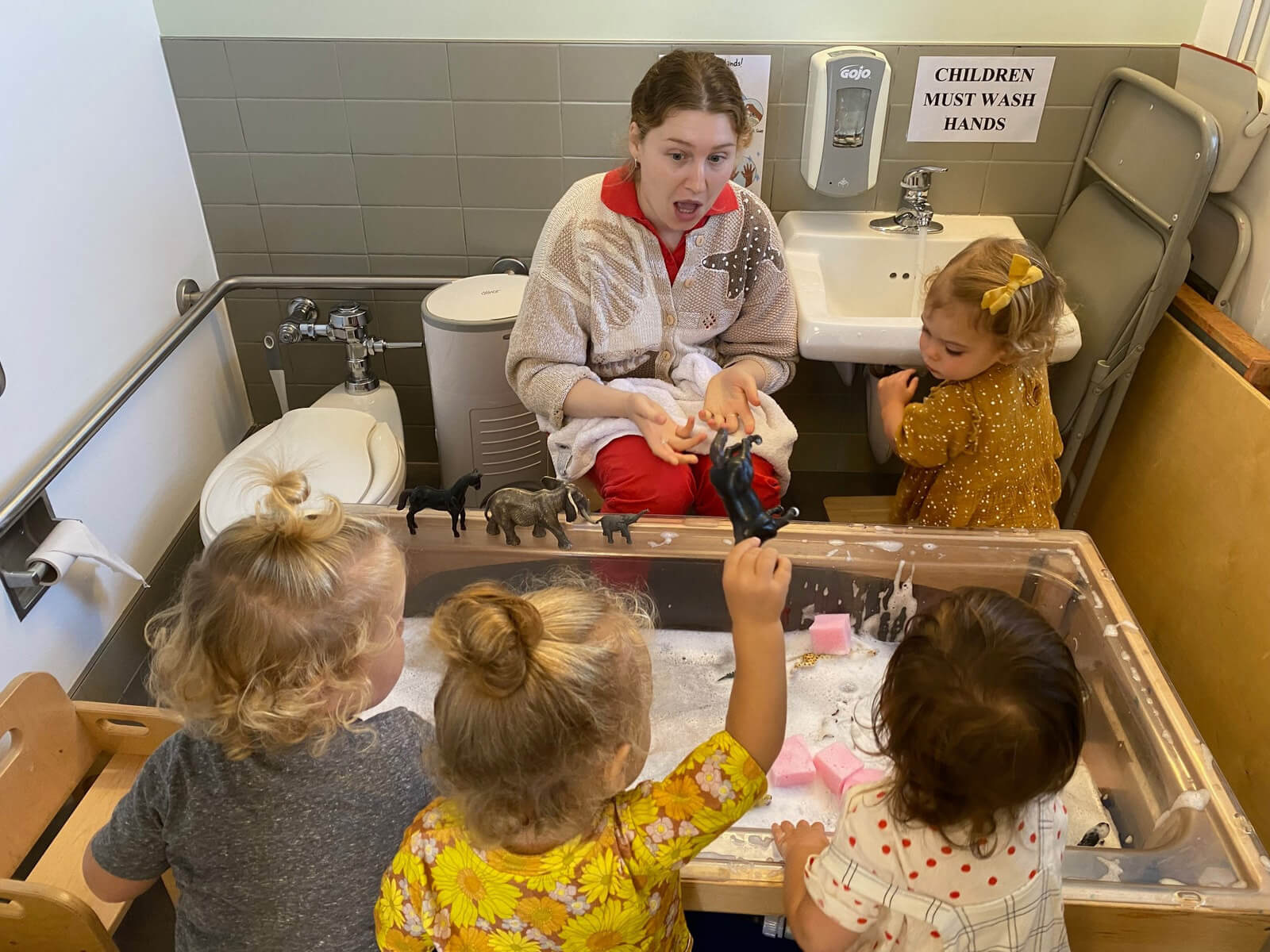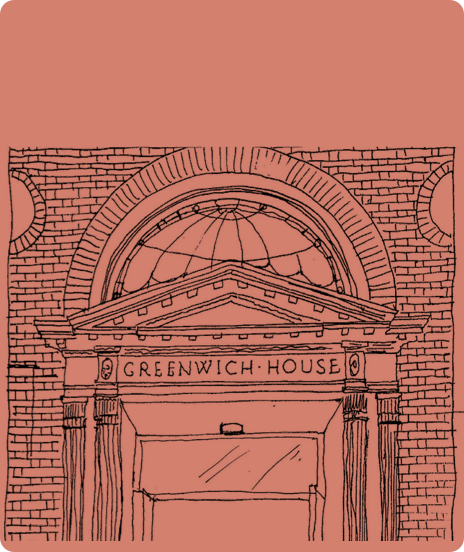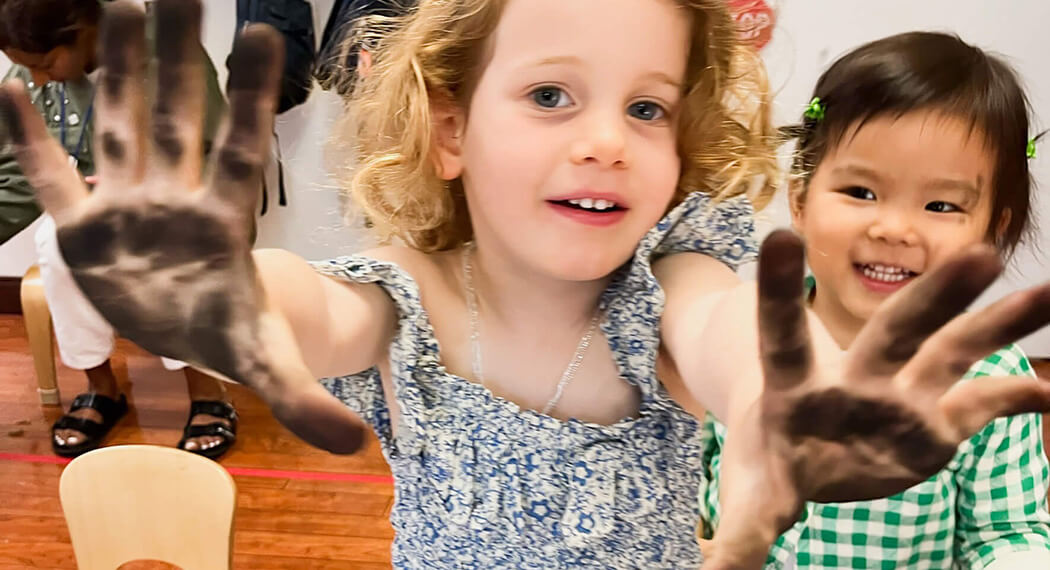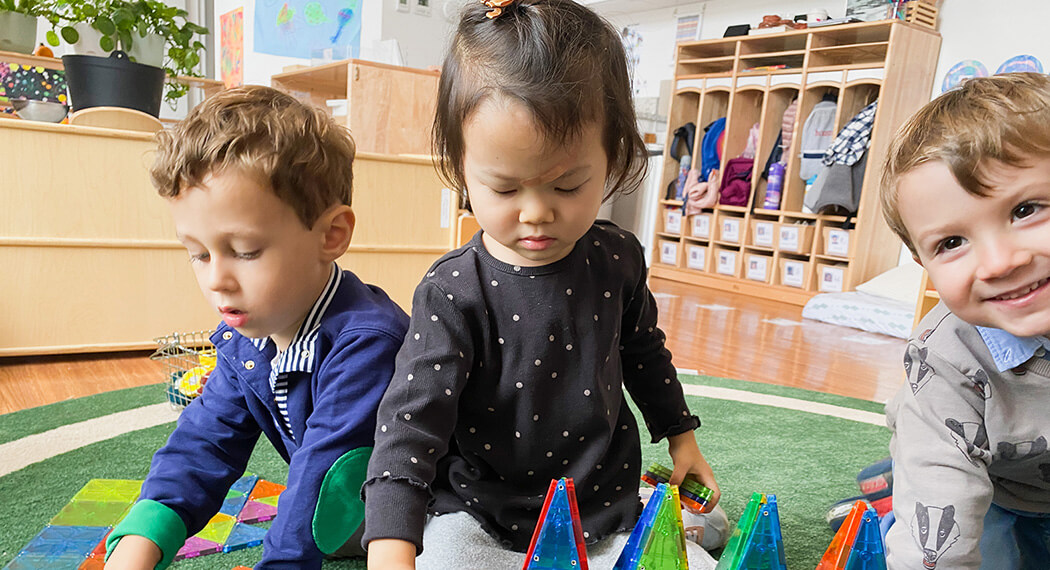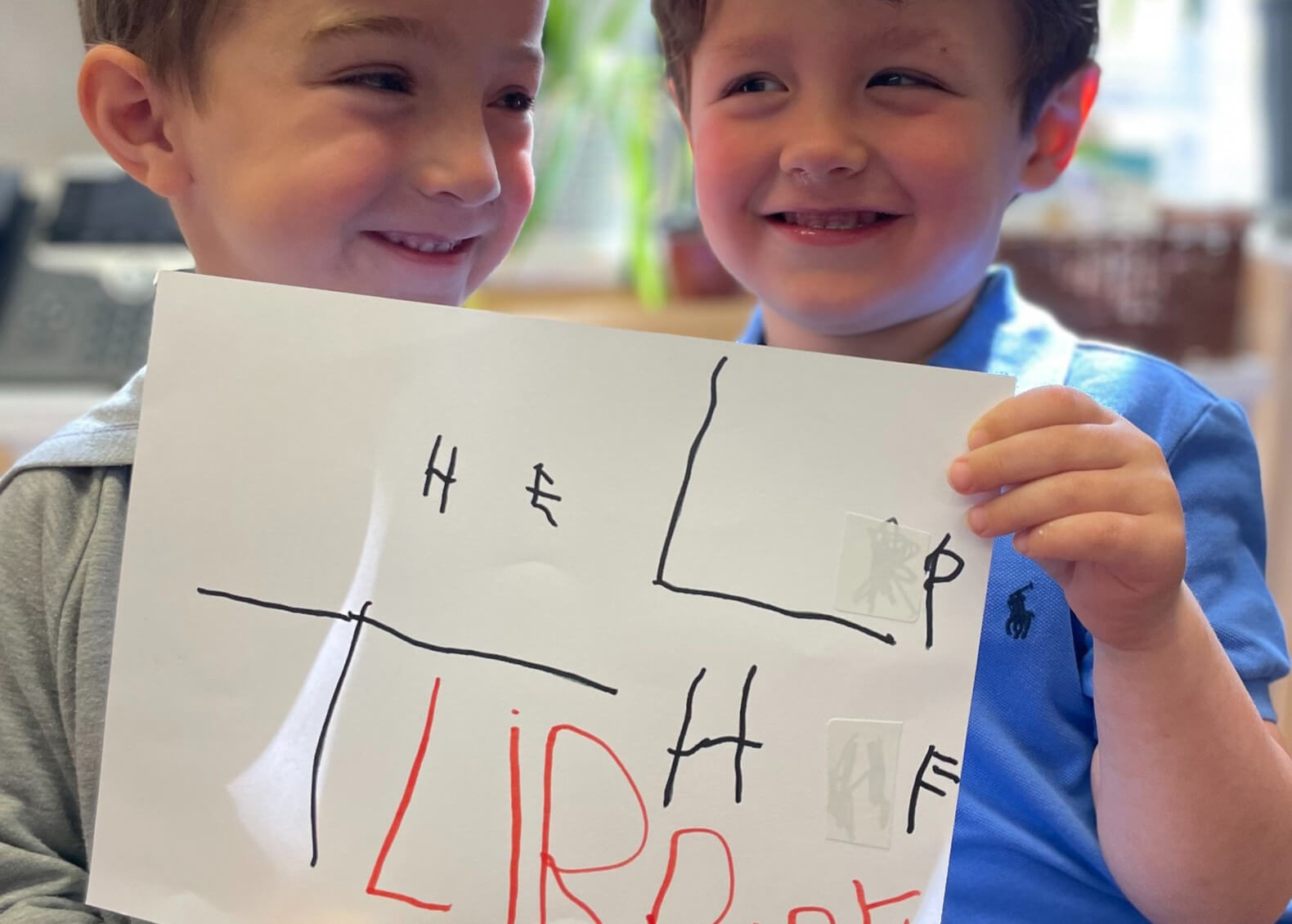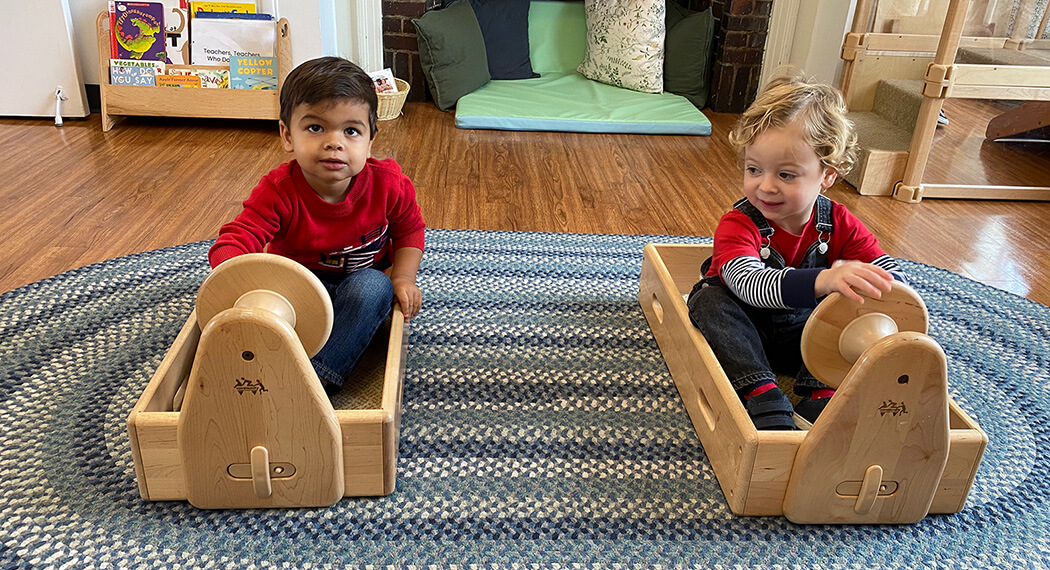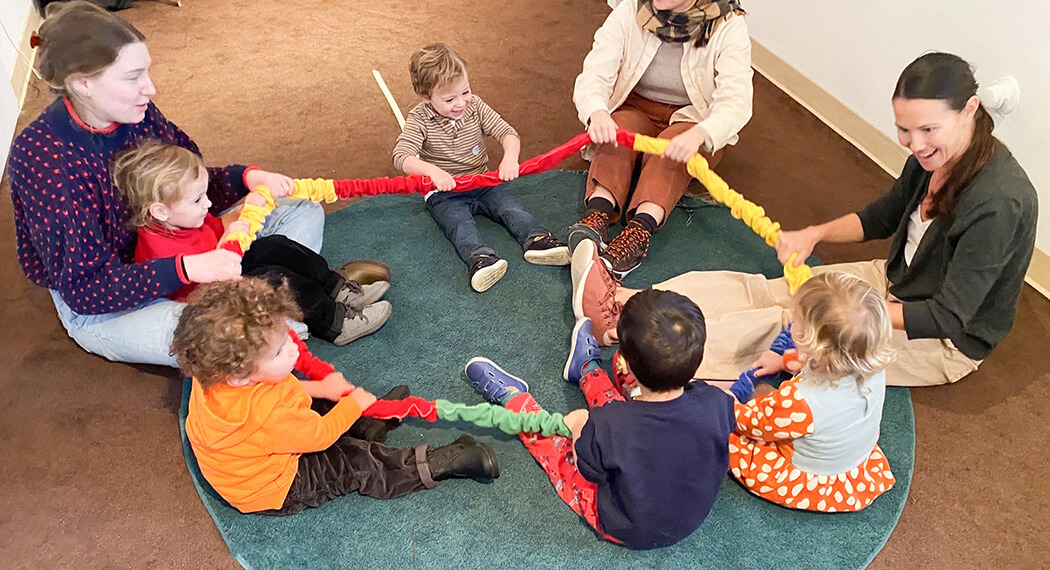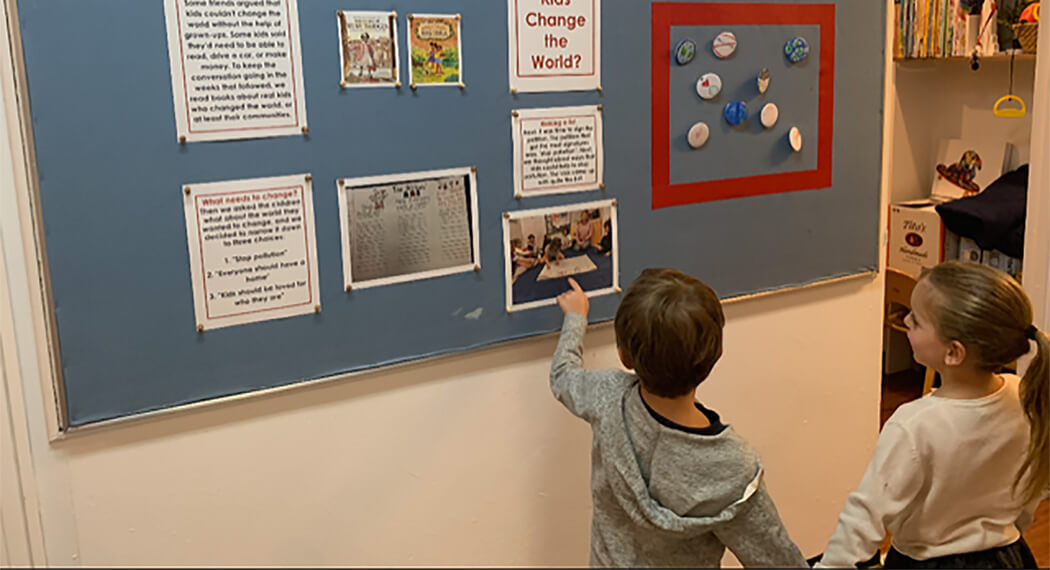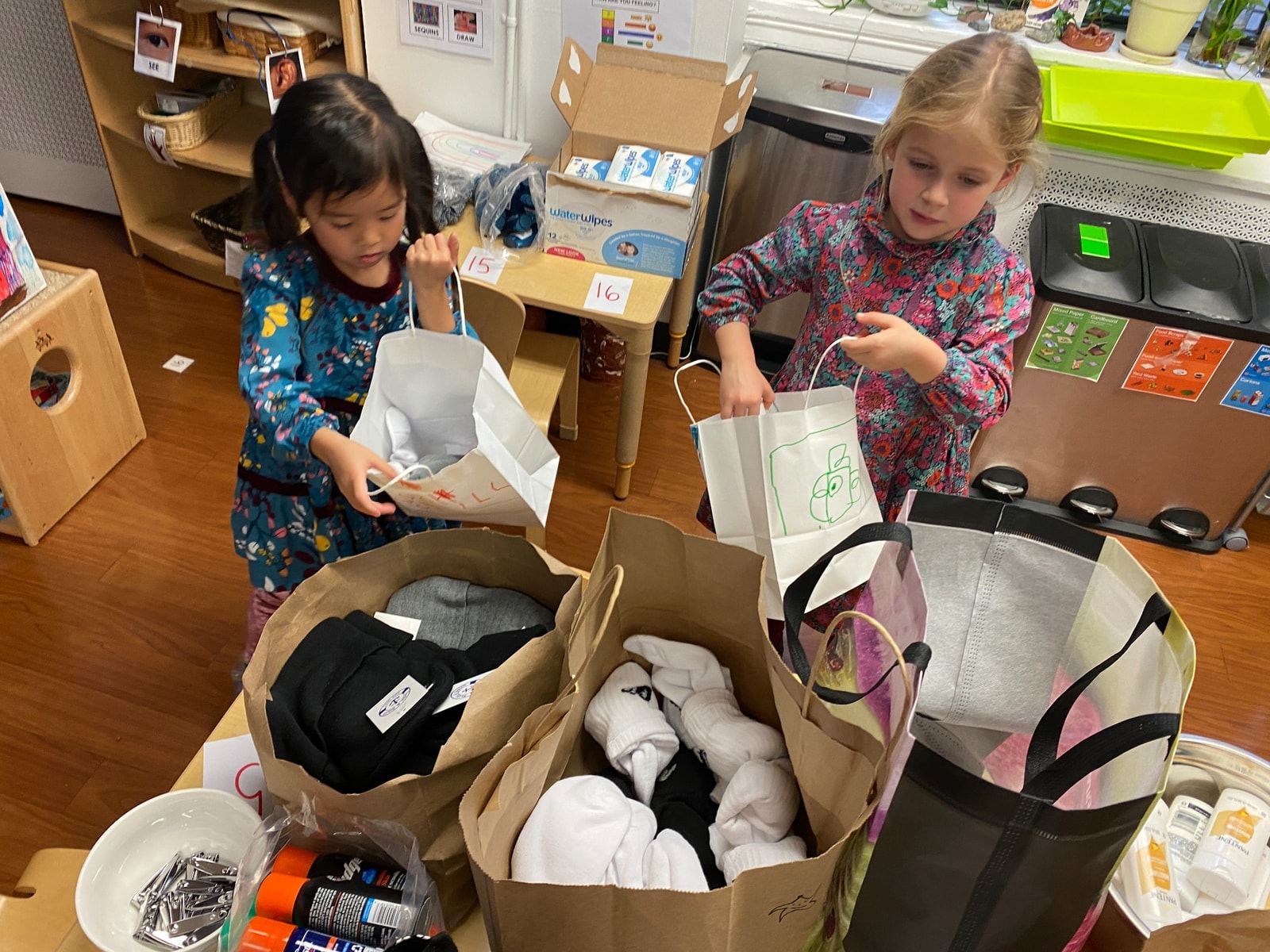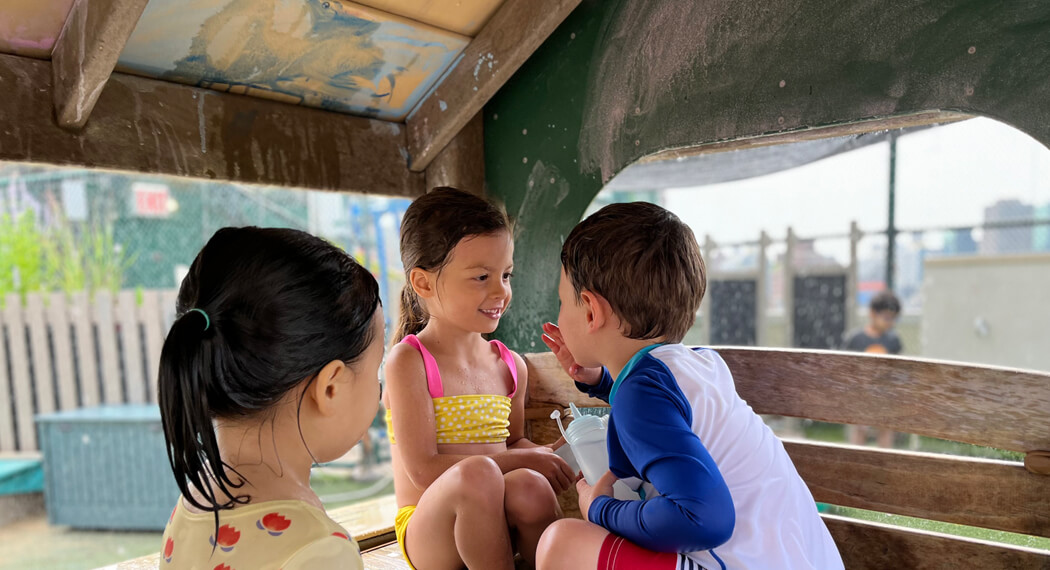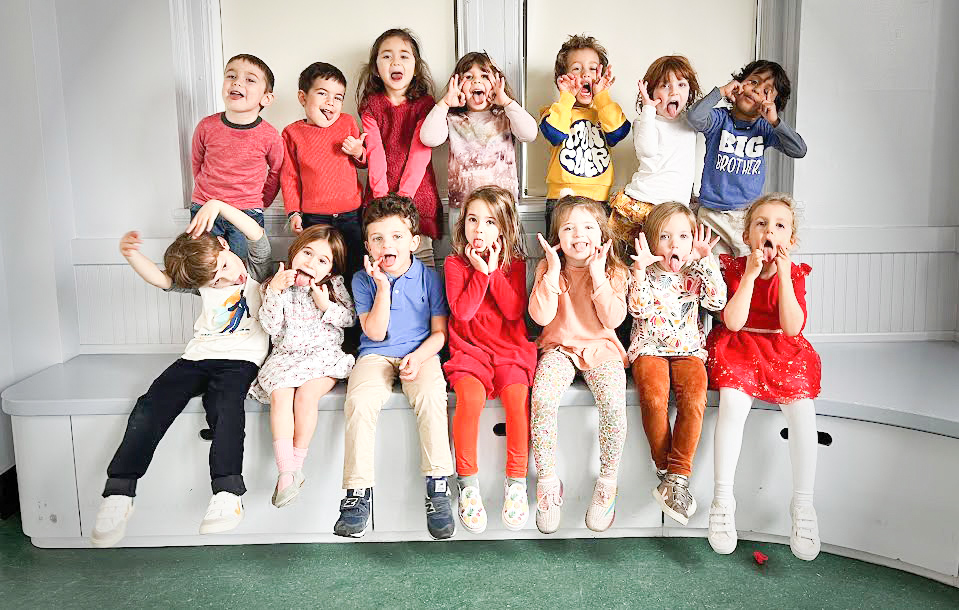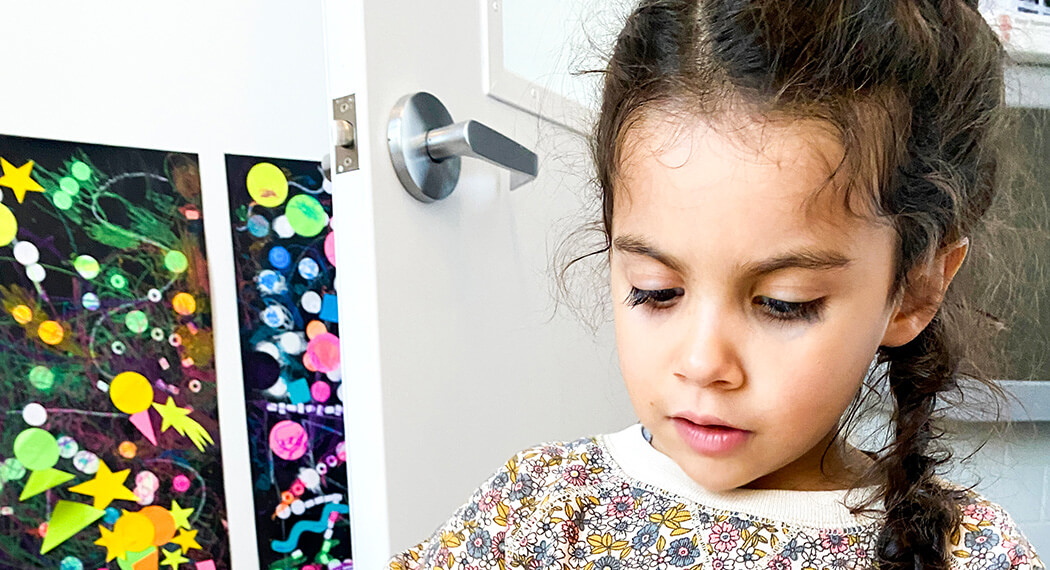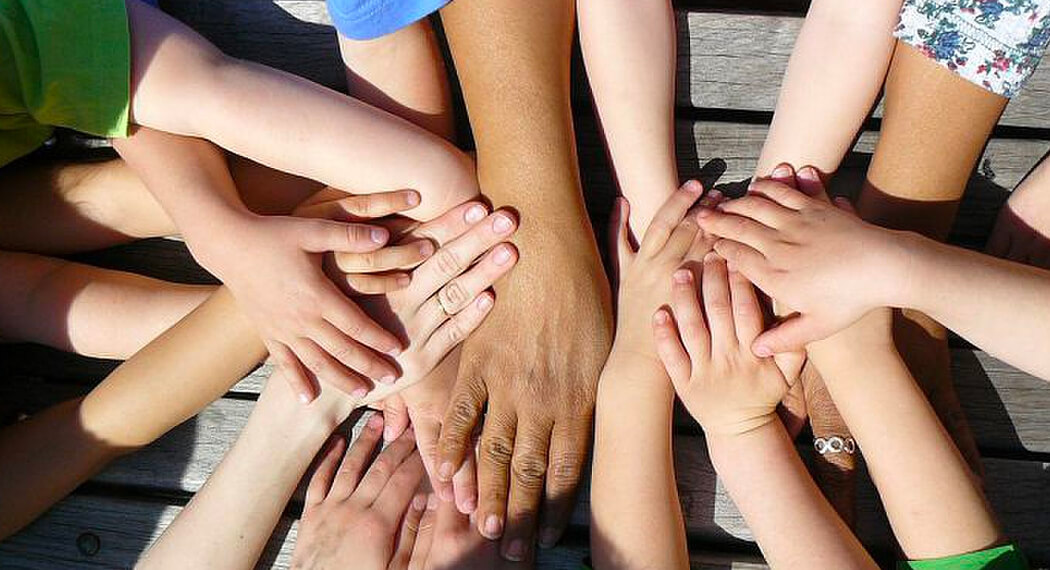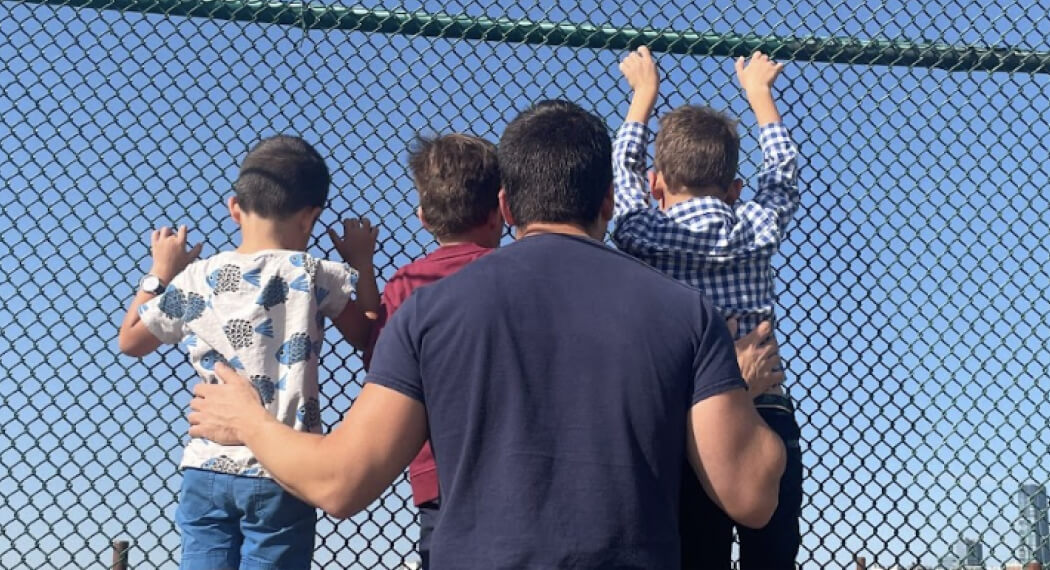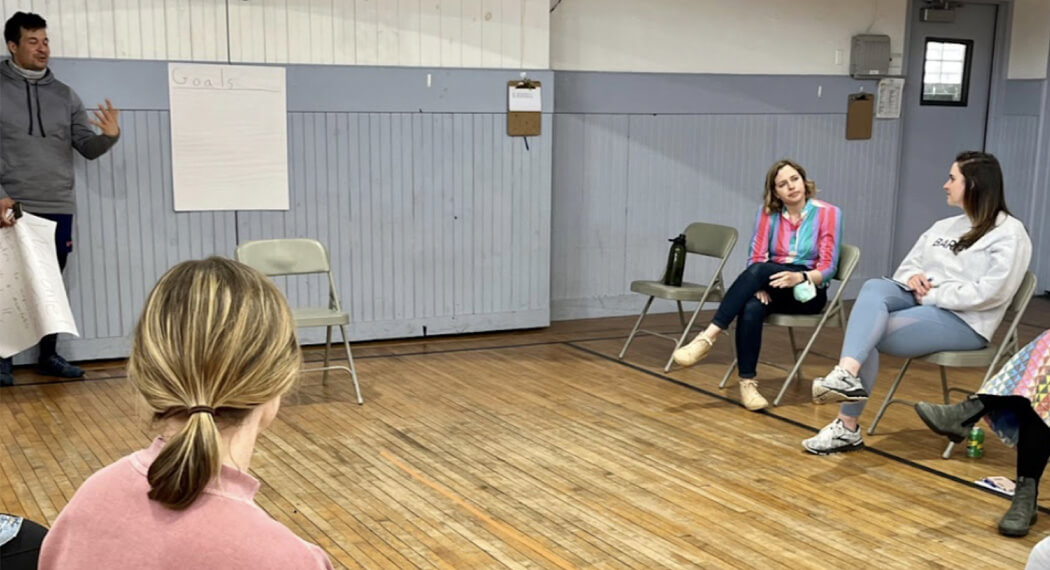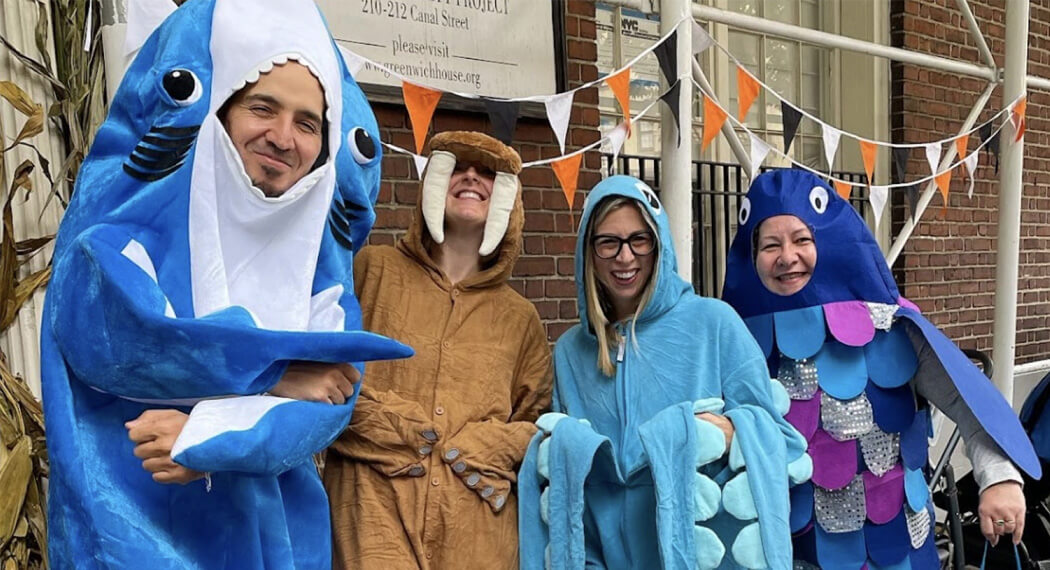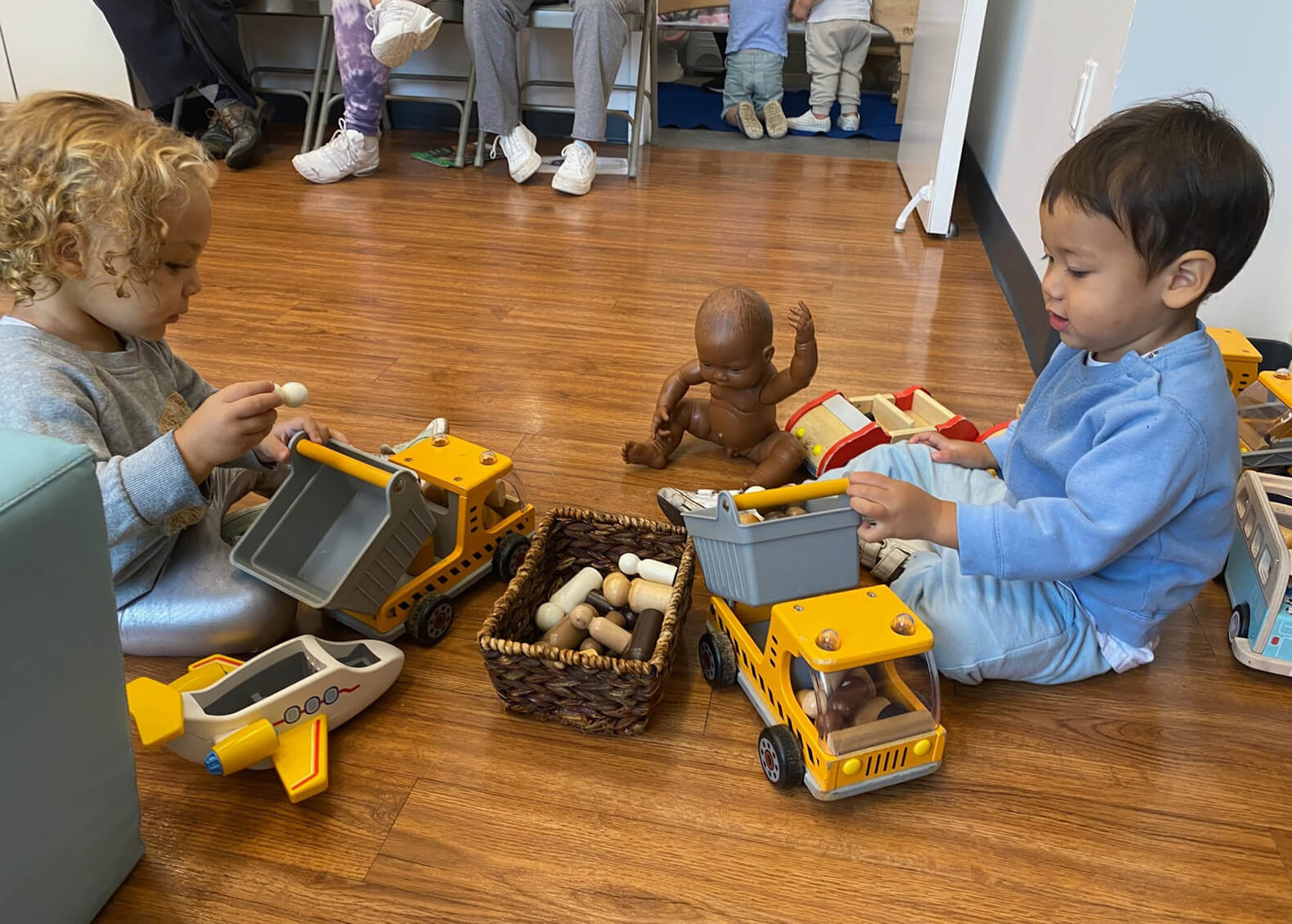It is hard to believe we are already weeks into the school year. As we make our journey through the separation process, we have shared individual updates and information about what to expect each week. While these are generally child-centered, it is important to remember that separation is a two-way process, for both the child and grownups involved. This also includes grownups who are not directly participating in the process.
While our separation plans reflect what we know to be developmentally appropriate for this age group, the transfer of trust will always remain one of the core components of this process. In these beginning months, this transfer happens for both you and your child. Amidst the newness of the White Room community, even for returning families, we are asking you to trust us to care for your child, all within a relatively short span of time. Just as we think about separation as space apart, it is also about space together, especially in each child’s process of learning to trust and form attachments with teachers who will care for, support, and guide them through their days at school.
They, however, are not alone in this process. Children often feel what their grownups emote and, in turn, internalize those same feelings. If you are nervous about the goodbye, your child may pick up on these nerves, then wonder why you are nervous and if they should also feel the same. After all, you and your caregivers are some of their most trusted adults, so they lean on you to help them navigate the world around them. By projecting confidence though, you are showing your child that they will be safe, taken care of, and okay on the other side — an important life long lesson. Remember that separation is not a one and done process. Instead, it is one that ebbs and flows through different parts of life, even for us as adults. Think about the feelings that may have emerged for you when you had to say goodbye to a loved one recently. As adults, we have built a toolbox of strategies to manage these feelings of sadness, anxiety, and even anger, but children are just beginning to create theirs. And here in the White Room, we are starting to set that foundation.
While the separation process may feel draining for all parties involved, it is a crucial part of our year together. Essentially, this is our curriculum for these beginning months. It is one where we, as teachers, partner with families to support children as they begin to form their sense of being and belonging within this new space and community. For many children, this is the first time they are forming this beyond the family unit. And so they will also express it in different ways. Some children are more outward with their emotions around goodbyes – crying and screaming for their grownups, running towards the door, needing to engage in a physical activity of some sorts. Some are more internal, holding their feelings close until they are more ready to share. In the latter, you may see these feelings expressed at home through step backs in sleep, food, or toileting. And for others, these feelings may come up later in the year when the novelty of school wears off and they realize that this process happens every day, or when there is a transition at home. However children choose to express themselves, we are here to support them through it.
Amidst all of this, the children are settling into this new space, each in their own ways. They are eager and excited to experiment with materials and spaces. They are observing and joining in alongside new peers and grownups, using them for inspiration as they learn more about their personalities, preferences, and ways of working. You may be hearing snippets at home, so we wanted to share some snapshots of our days here in the White Room.
Here’s to more adventures ahead!
